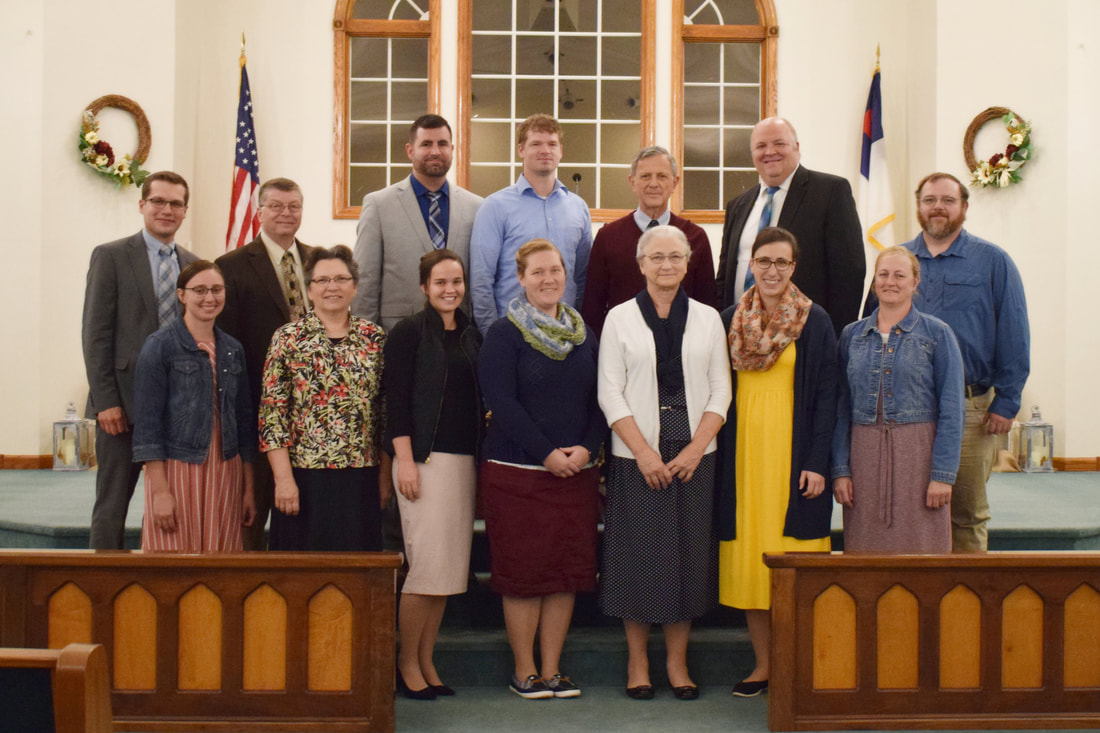
WEIGHT: 58 kg
Bust: SUPER
1 HOUR:120$
Overnight: +80$
Services: Hand Relief, Massage prostate, Massage, Cross Dressing, Face Sitting
The unwinding of the Medicaid continuous enrollment provision along with ongoing financial struggles among rural hospitals has focused attention on the gaps in Medicaid coverage in non-expansion states, and availability of temporary enhanced federal funding for states that newly adopt expansion has sparked renewed expansion discussions in some of these states. Two states South Dakota and North Carolina implemented Medicaid expansion in , reducing the number of low-income uninsured people nationally without access to Medicaid.
Expansion in those two states brings the count to 40 states and the District of Columbia that have adopted expansion, leaving ten states that have not adopted it.

Using data from , the most recent year available, this brief presents estimates of the number and characteristics of uninsured people in the ten non-expansion states who could be reached by Medicaid if their states adopted the Medicaid expansion. An overview of the methodology underlying the analysis can be found in the Data and Methods , and more detail is available in the Technical Appendices.
The coverage gap exists in states that have not adopted the ACA Medicaid expansion for adults who are not eligible for Medicaid coverage or subsidies in the Marketplace. The Medicaid expansion established a uniform eligibility threshold across states for low-income parents and newly established Medicaid coverage for adults without dependent children.

However, the expansion is effectively optional for states because of a Supreme Court ruling. When enacted, the ACA did not anticipate that states would be permitted to forgo Medicaid expansion; as such, subsidies in the Marketplaces are not available for people with incomes below poverty. Medicaid eligibility for adults in states that have not expanded their programs is very low.



































